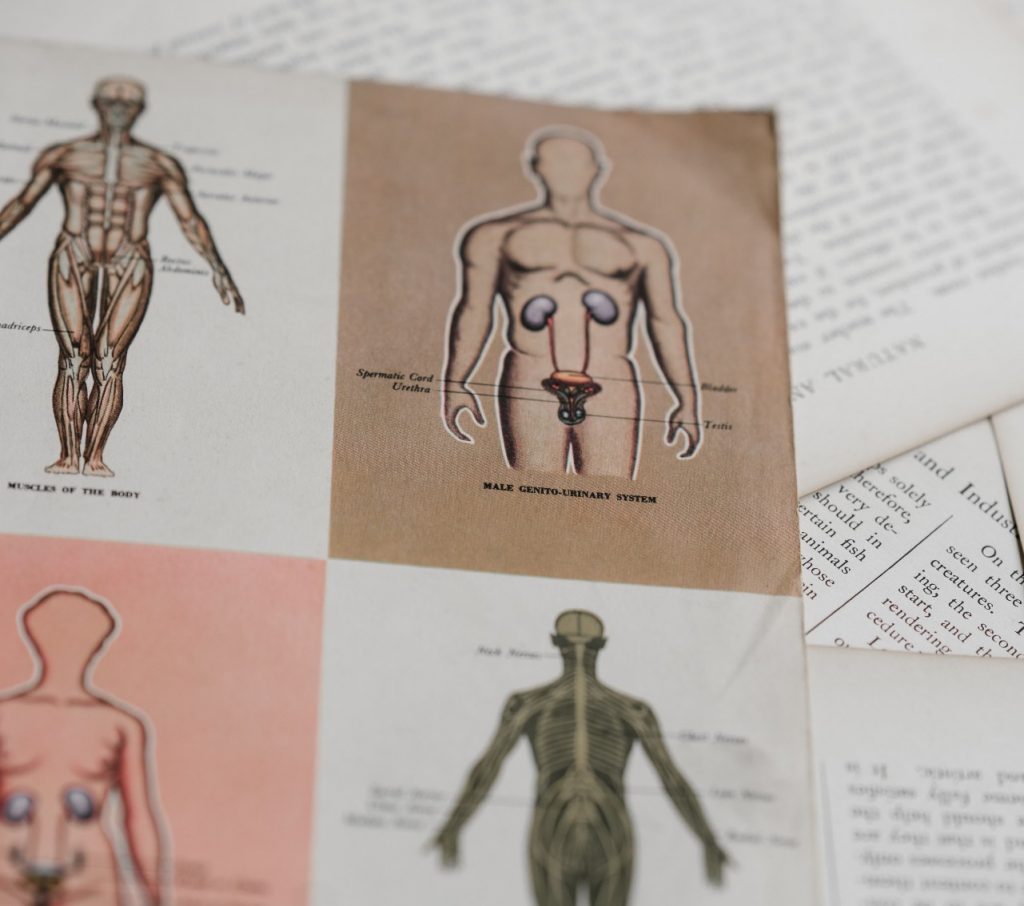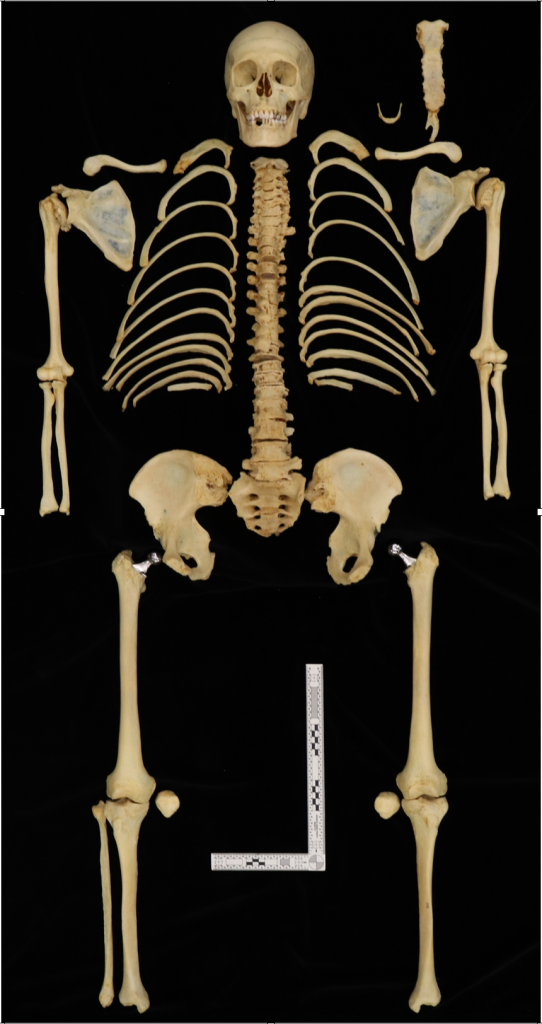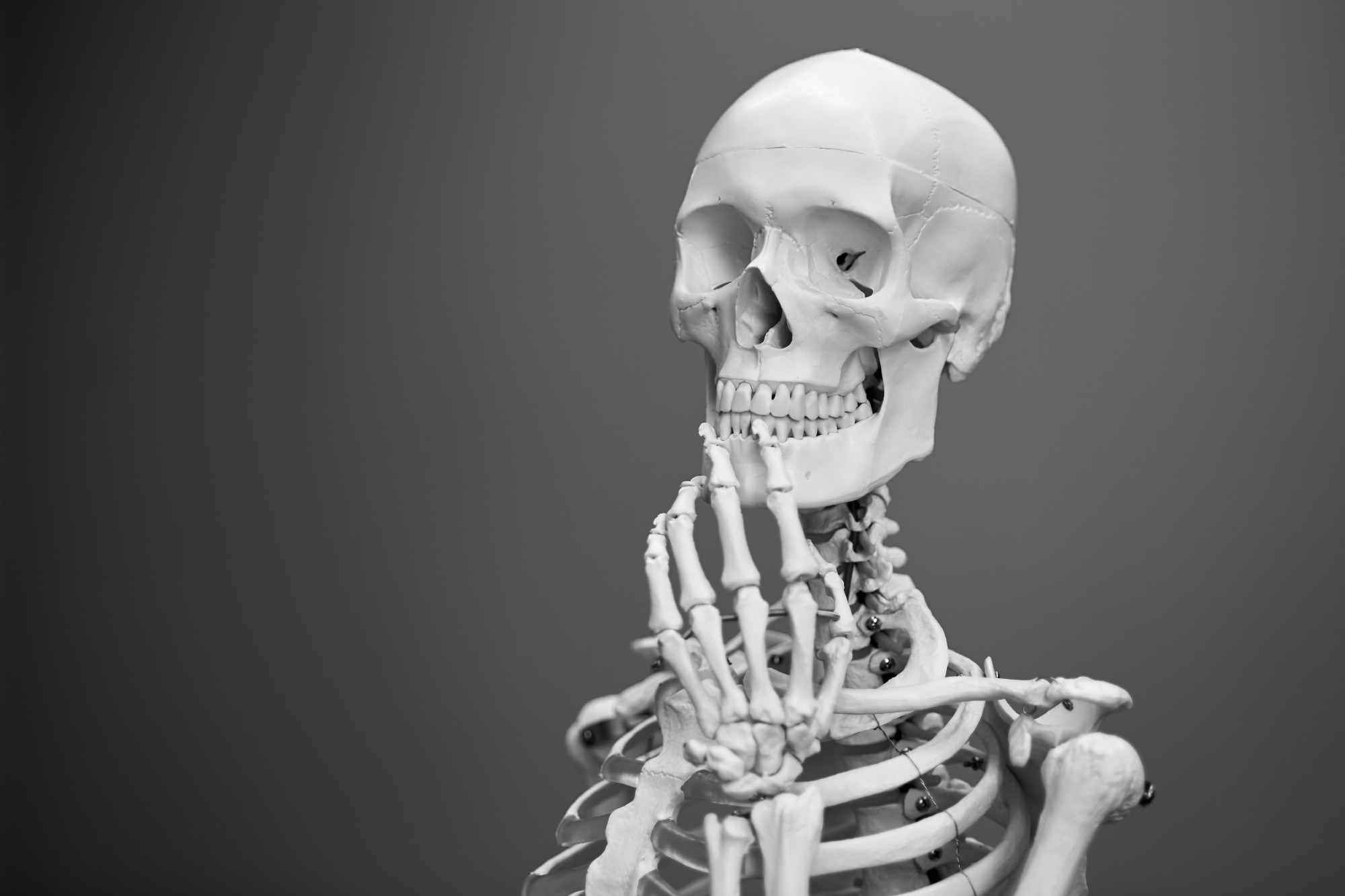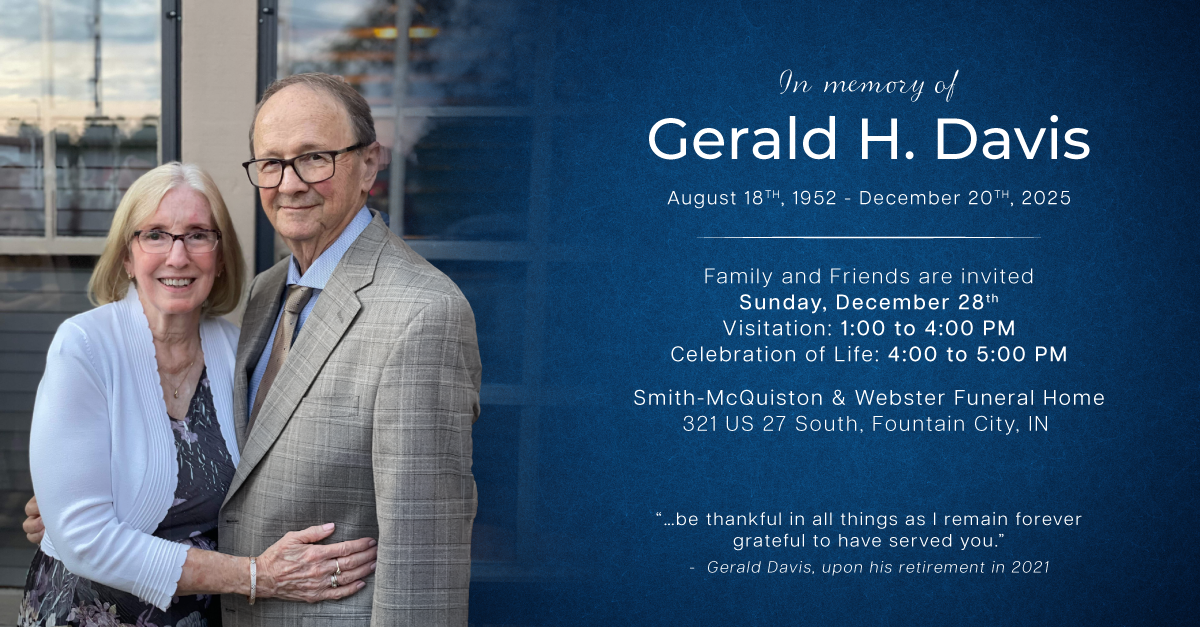Why Anatomical Donation Should be Offered at Your Funeral Home
Everyone knows that after death you can be buried or cremated, but there is another, less popular option: Anatomical Donation. Differing from organ donation or tissue banking, anatomical donation is basically donating your whole body to science as a form of final disposition. There are a few reasons why anatomical donation should be offered at your funeral home.
Tanya Scotece, Professor of Mortuary Sciences at Miami Dade College recently sat down with the Deathcare Decoded podcast to explain why anatomical donation is something she is passionate about, why it is an excellent disposition option that your families should know about, and how your funeral business can benefit from offering it.
What is Anatomical Donation? It is NOT Tissue Banking!
Anatomical Donation is the donation of a whole body after death for research and education, most often in the medical or scientific field. Donated bodies are often used for teaching anatomy, surgical procedures, and other medical or forensic education. There are many different programs in the United States, each with different focuses and processes.
Anatomical donation is different from tissue banking which is often run by privatized, for-profit operations with varying levels of regulation. Anatomical donation, often referred to as whole body donation, is most commonly done in coordination with a university or similar academic institution or not-for-profit organization and is primarily procuring bodies through regulated programs for study, research, and education.
Tanya Scotece explains: “There are companies that do tissue and long bone donations. For example, in Florida we have Life Link or Donor DCI Services. Those companies are promoting […] that if somebody is in a compromised state in a hospital, that they do organ donation, or, if someone [who has died in a hospital] has viable organs, that they can get the family interested in donating the [family member’s] tissue, but that is NOT donating your body to science, or anatomical donation. Some of these companies are truly not-for-profit, meaning that they are truly there to help people who need tissue and organ donors, but there are quite a few different kinds of these companies out there. Those companies, and the organ donation on the drivers license are how you do organ and tissue donation, but that does not mean anatomical donation in the funeral world.
Anatomical donation [is a form of final disposition] which, in the funeral world primarily means, ‘at the time of your passing, do you want to be anatomically donated, buried, or cremated?’ Those are usually your options. Your death certificate is never going to say “organ donation or tissue banking” for your disposition option, because organ donation and tissue banking are not forms of disposition. Anatomical/whole body donation is.
Then there are companies like Science Care Direct that are for-profit companies, meaning that they are selling donated body parts. That’s different than non-profit programs, or donation programs like the University of Florida or University of Miami. Those university programs are for donating bodies for medical students to use for practice, and then the body gets cremated […] These programs are regulated differently, and each state has their own interpretations of the law and their own regulations, but generally speaking, in the funeral world when we say anatomical donation, we are not talking about organ donation or someone donating their tissue, we are talking about full body donation.”

Anatomical Donation Educational Programs
In her interview with the Deathcare Decoded podcast, Tanya Scotece explains in detail some of the different anatomical donation options that are available in her area:
Anatomical donation on the funeral side is state-specific. In Florida, […] one means of Anatomical donation is through university programs like ones at the University of Florida, the University of Central Florida, The University of Miami, etc. where the medical students actually utilize the body[…] The body is brought to the university directly or via the medical examiner in that county, and then the medical students practice on the cadaver for up to two years. They actually practice surgical procedures and things of that nature. At the end of that period, what is remaining of the person is actually cremated and the family has the option of getting back the cremated remains, but obviously much past the time that the person actually died. […]
The second type of Anatomical Donation [that we have here in Florida] is through Florida Gulf Coast University. That program is under the direct supervision of one of my [former] professors Dr. Heather Walsch-Haney. Her program is an osteology study, which means that the procurement of the person is done for the bones. Someone wishing to do that program can provide a photograph and a bio stating why they wanted to do that program, and all 206 bones […] are utilized by the professional studies students. They end up in [medical] journals, and the forensic students use the bones to understand stature, ethnicity, and aging, for unidentified cases.

Anatomical donation has ethical benefits when chosen as a preferred disposition option. The most obvious ethical benefit of Anatomical Donation is the educational value for medical and forensic students. Advanced and accurate surgical, anatomical, and forensic learning can only happen if there are cadavers available for teaching and training. Furthermore, in the case of programs like the one through Florida Gulf Coast University which uses all of the remains long term, anatomical donation can also be a very environmentally friendly option, as no embalming or burial resources are used, and no greenhouse gasses are emitted from cremation.
For Whom is AD a Good Option?
- Families wanting to donate their loved one (or themselves) to a good cause
Families seeking to donate to a good, useful cause are an excellent fit for anatomical donation. For someone who wants to give back to the medical and scientific world in a definite and decided way, anatomical donation is the perfect option. In the interview with Deathcare Decoded, Tanya explains that there is a high need for donation, because most people who think that they are saving lives through choosing the driver’s license organ donation option, never actually get a chance to do that. Anatomical donation is a way to make sure that the body you aren’t using anymore is helping someone else:
Basically, a lot of states have on the driver’s license that you can be an organ donor […] a lot of people think that if they are an organ donor they are signed up for anatomical donation when they die, and that’s a myth […] most states are looking at if you have the box checked “yes” and if you die in a way in which the organs are still viable for procurement, to donate those organs to a donor who needs them. That, in a nutshell, is what the yes on the driver’s license agrees to […] Most people who have that on their driver’s license don’t get to be the organ donor because it’s such a rare thing that you would actually be deceased in a clinical setting. Most people die by other means […] I think [Anatomical donation] gives families another option, especially for those who do not have to adhere to religious preferences, or just want to give back to society. The last statistic I heard here in Florida is that less than 5% of people donate their bodies to science, which is really low, so I can only imagine what that statistic is nationwide.
Therefore, if someone wants their body to continue on and help save lives by benefitting medical students’ studies, helping with forensics for cold cases, or advancing scientific knowledge, choosing anatomical donation is the best way to make sure that happens.
- People who don’t like fire or small spaces
Anatomical donation is also an excellent option for individuals who are uncomfortable with the idea of what happens to bodies in more common disposition methods. In the podcast interview, Tanya reveals: “I love anatomical donation [because,] first of all, I’m claustrophobic and afraid of fire, so burial or cremation is really not an option for me even though I’ve been in the deathcare industry for 18 years[…] […I] am so passionate about Dr. Heather’s program that I’ve already donated two of my relatives. My grandma and my great uncle are there soon to be followed by myself, my mom, and my daughter. […] I love the program because you are never buried and you’re never cremated.”
- Younger generations: Green and Secular Consumers
Studies show that younger generations of consumers are increasingly interested in eco-conscious or green options in their purchases and investments. Since some anatomical donation programs use few resources and chemicals, and have a lower carbon footprint than cremation, those options might appeal to younger and upcoming generations of deathcare consumers.
Further research reveals that the United States population is less religious than ever before, specifically across the youngest generations. An article from the Pew Research Center outlines that “while the U.S. public, in general, is becoming less religious, the nation’s youngest adults are by many measures much less religious than everyone else.” As quoted above, Tanya points out that Anatomical Donation is a good fit for families that don’t have to adhere to religious traditions, meaning that it could become a more popular option as younger demographics of consumers begin arranging funerals for parents, grandparents, or pre-planning for themselves.
How Can Funeral Businesses Profit from AD?
Even though a family may not have the physical remains after donating the body of a loved one to an Anatomical Donation program, that doesn’t mean they don’t want or need special, involved funeral and memorial services to help them through the grieving process. Embalming and viewing services, life celebrations, and even memorial markers and cemetery plots, still interest many families who choose anatomical donation. Tanya explains, “A lot of folks think that because you’re choosing anatomical donation that you can’t have that wake or visitation or calling hours or church service. You can still do all of them and have your final disposition as anatomical donation instead of burial or cremation. […] I love the option because even if I donate my body, my daughter can still have a marker the way I want it in a cemetery that she can visit… just because I’m not physically there as a body doesn’t mean I don’t get to have a marker.” Funeral directors can still sell quality services and memorial markers or sites to anatomical donation families.
Tanya elaborates on this point in the following video clip from her interview with Deathcare Decoded:
Furthermore, a recent webinar titled “How to Prepare and Profit from 3 Emerging Trends in Cremation” published by Kates-Boylston Publications features Justin Crowe, CEO of Parting Stone, sharing compelling evidence for the importance of selling service over products. This strategy empowers families while keeping funeral businesses viable as cremation and other disposition options are on the rise.
“It’s important to create your own value,” explains Justin “Your competitor has all of the same urns as you, and all of the same caskets as you, but your competitor cannot provide an identical service to the one you provide. I think service is really one of the only things you can compete on in this industry because you also can’t compete on price. […] This isn’t a new philosophy either, in business it’s called the experience economy The funeral industry is the perfect profession to follow the experience economy principles because that is what you can compete on as a funeral home and that is where your value is going to be.”
This mentality applies perfectly to Anatomical Donation. Focus on the needs of families by offering all of the same services and options to each customer, regardless of disposition preference, instead of making assumptions about what each family wants. Create a full, supportive experience for your families, and anatomical donation can be a lucrative part of your funeral business, just like burial or cremation.
How to start offering Anatomical Donation to Your Families
In the US there are many programs that accept body donations for use in medical education, research, and forensic studies. As Tanya explained, these programs either use the whole body for a time, then return cremated remains to the family, or just use the bones or skeletons from the deceased, but every program is slightly unique. We have assembled a list of the top-rated national university-associated anatomical donation programs in each state that you can begin offering to families. Offering these services during pre-need arrangements is best, as many programs have a time limit for receiving a donated body after death. Click below to download the eBook and find an Anatomical Donation Program near you:




